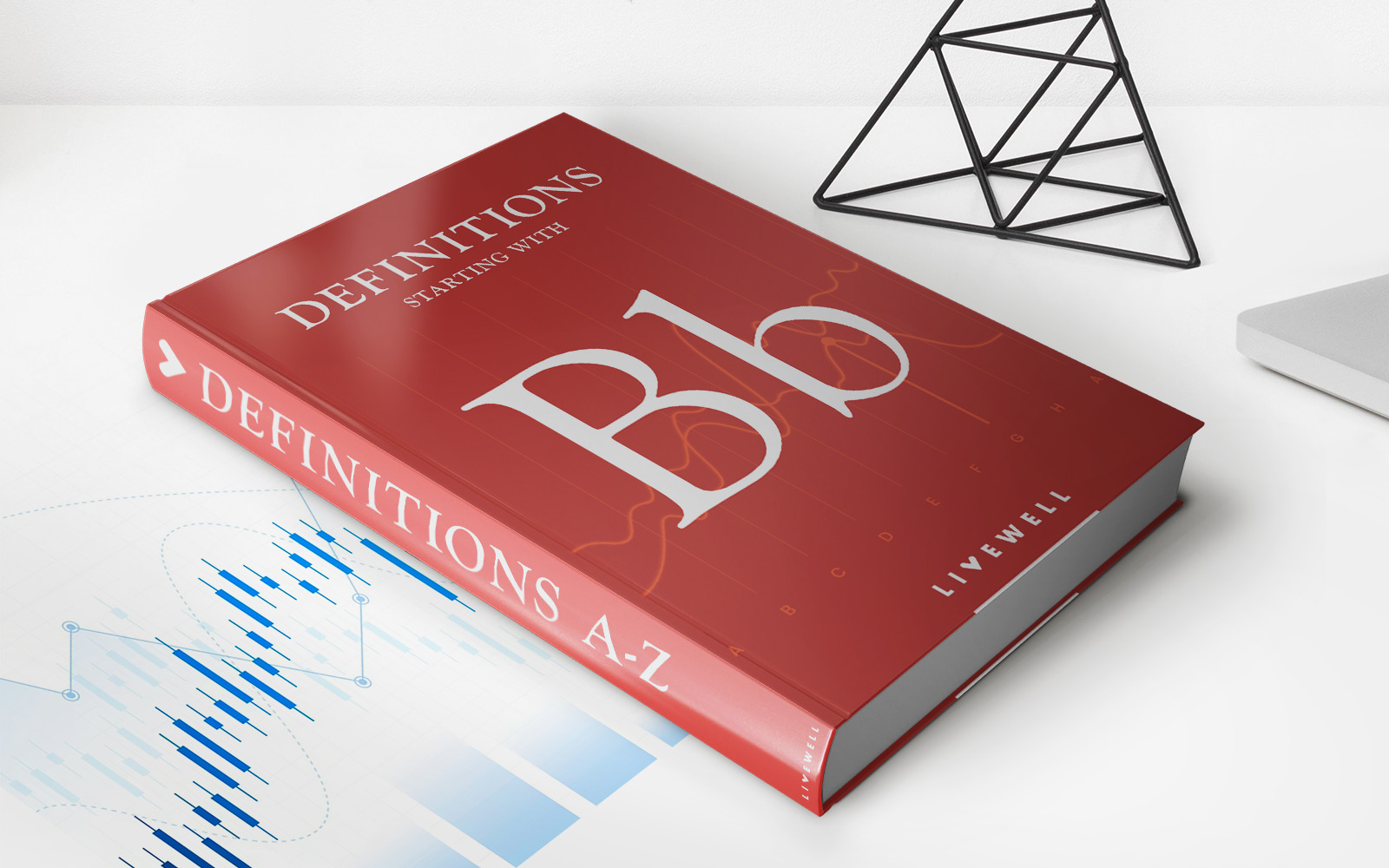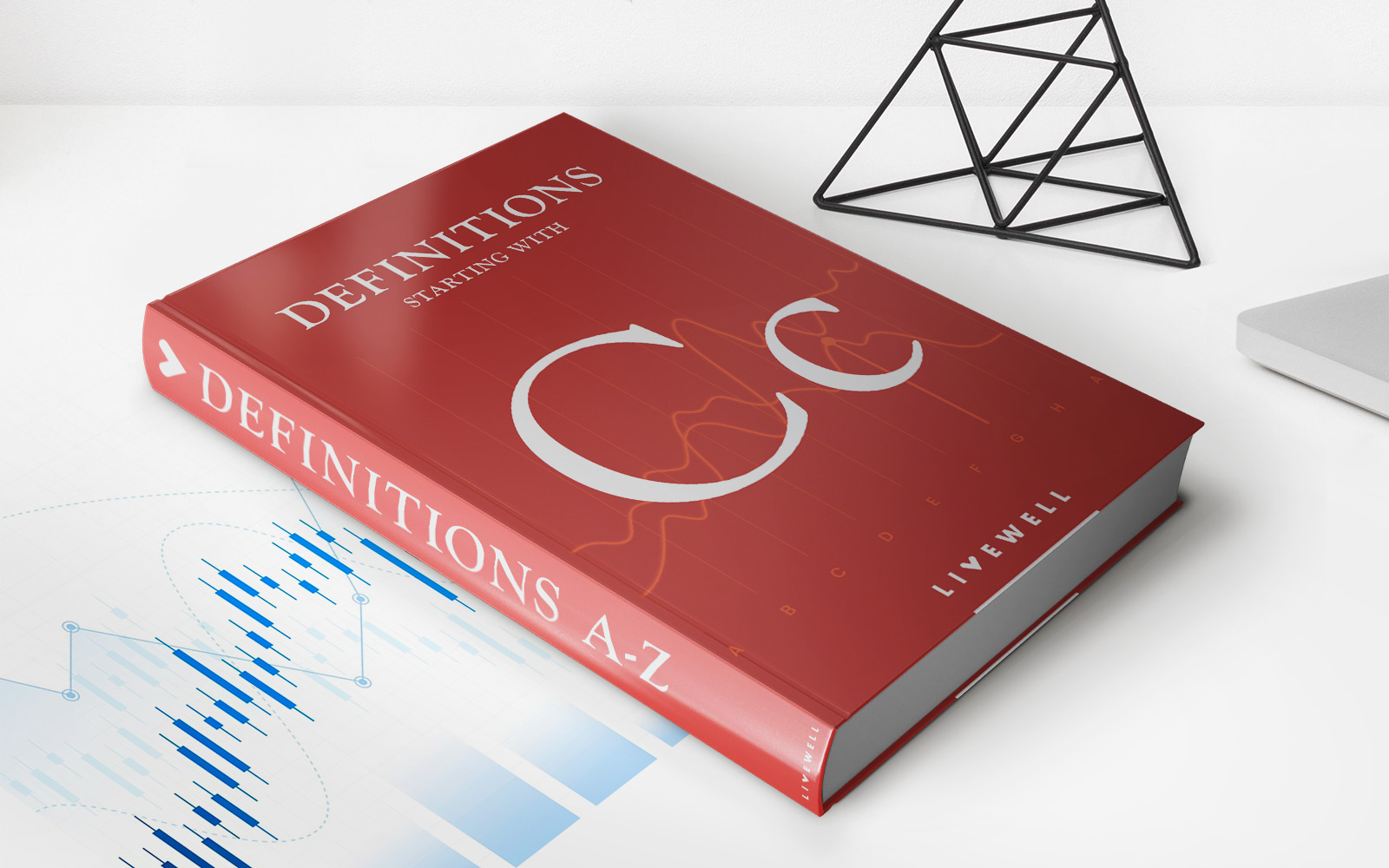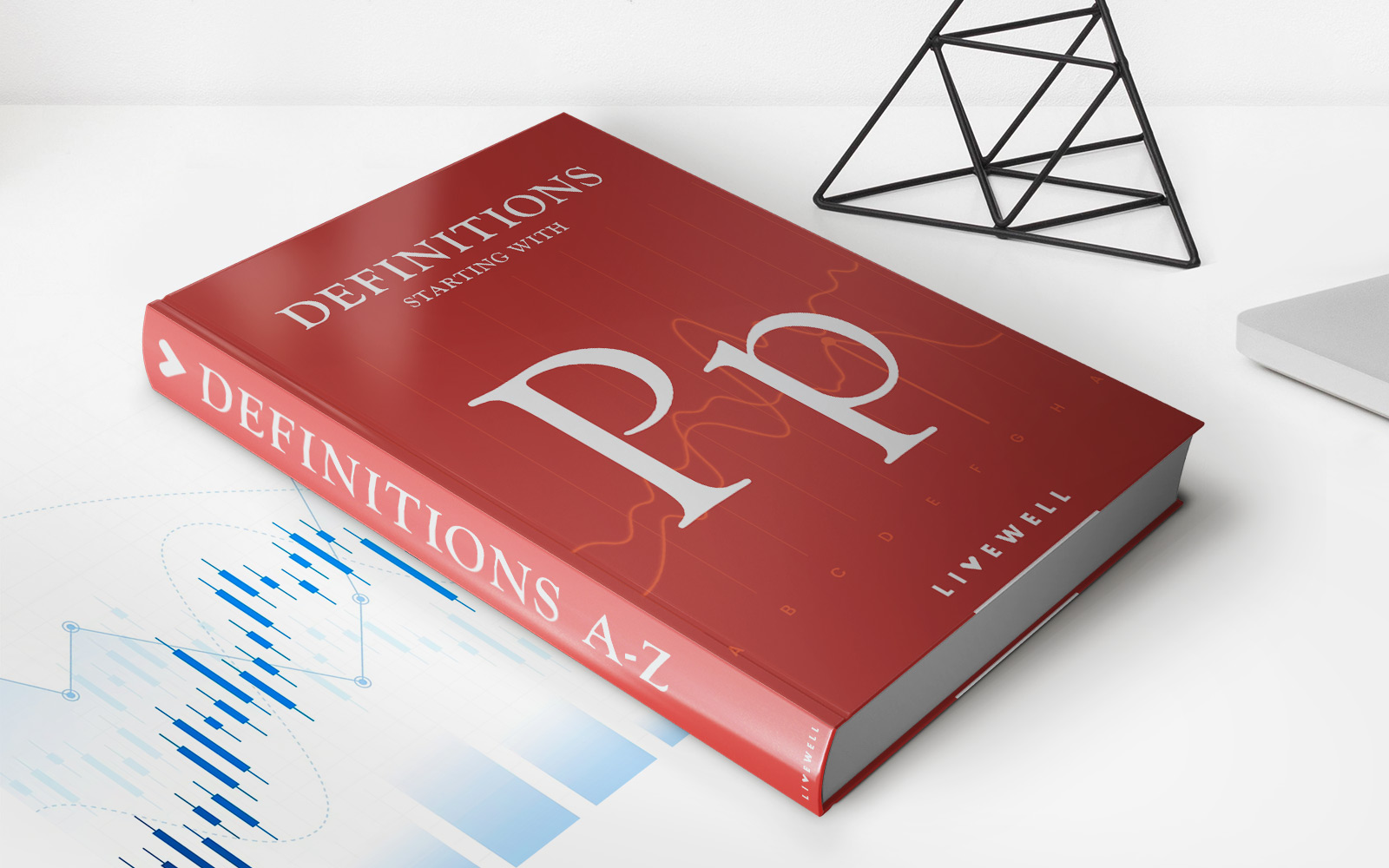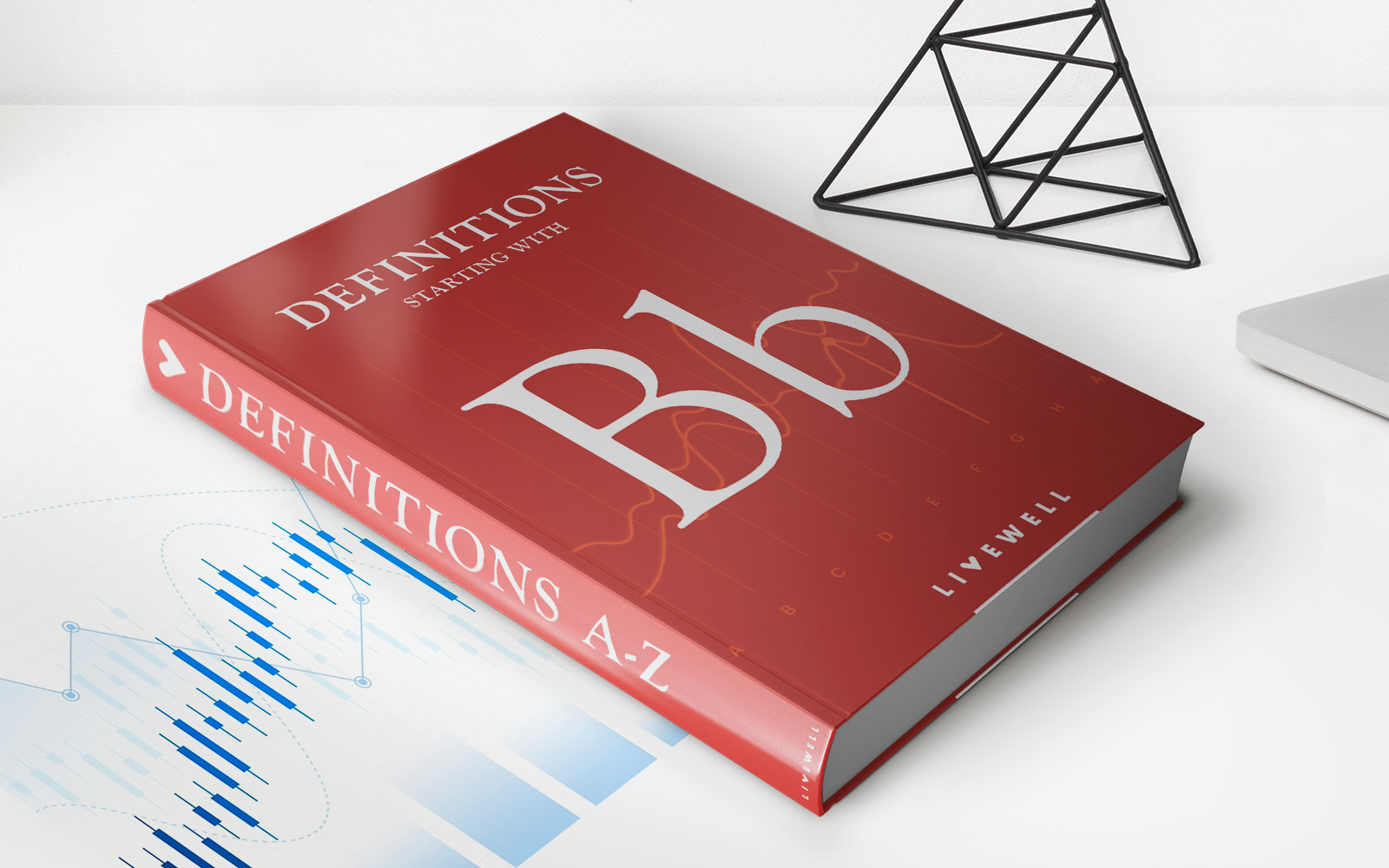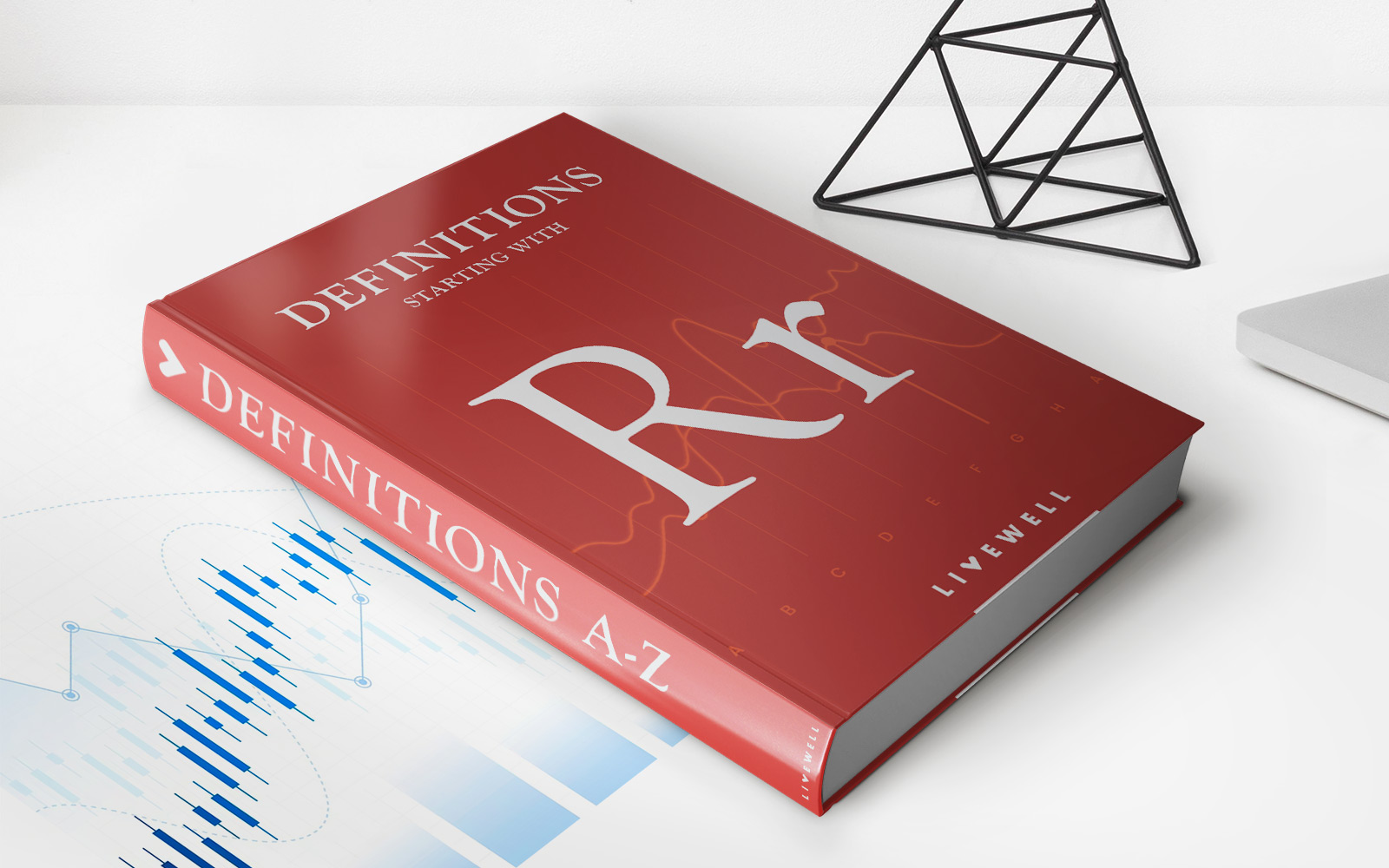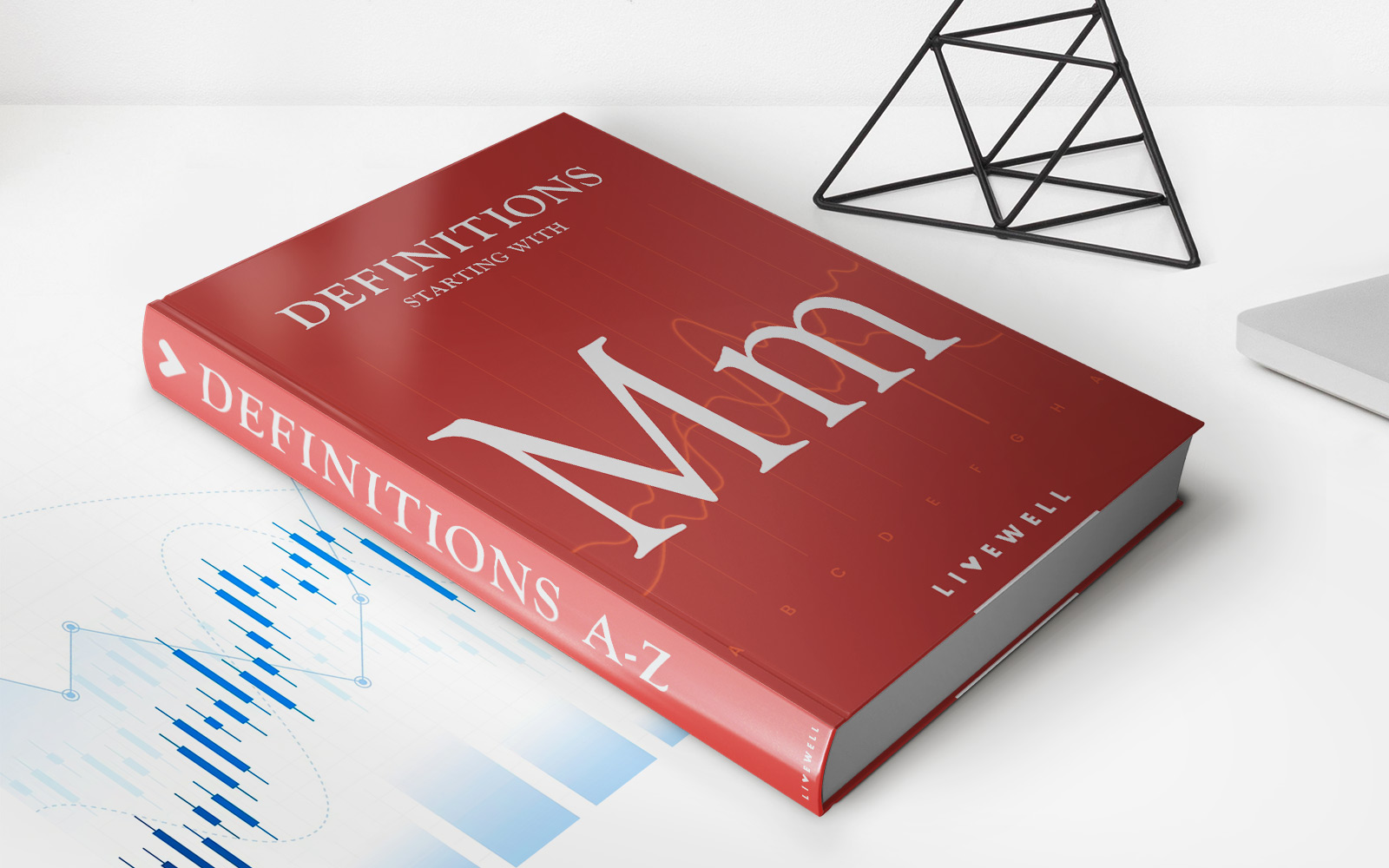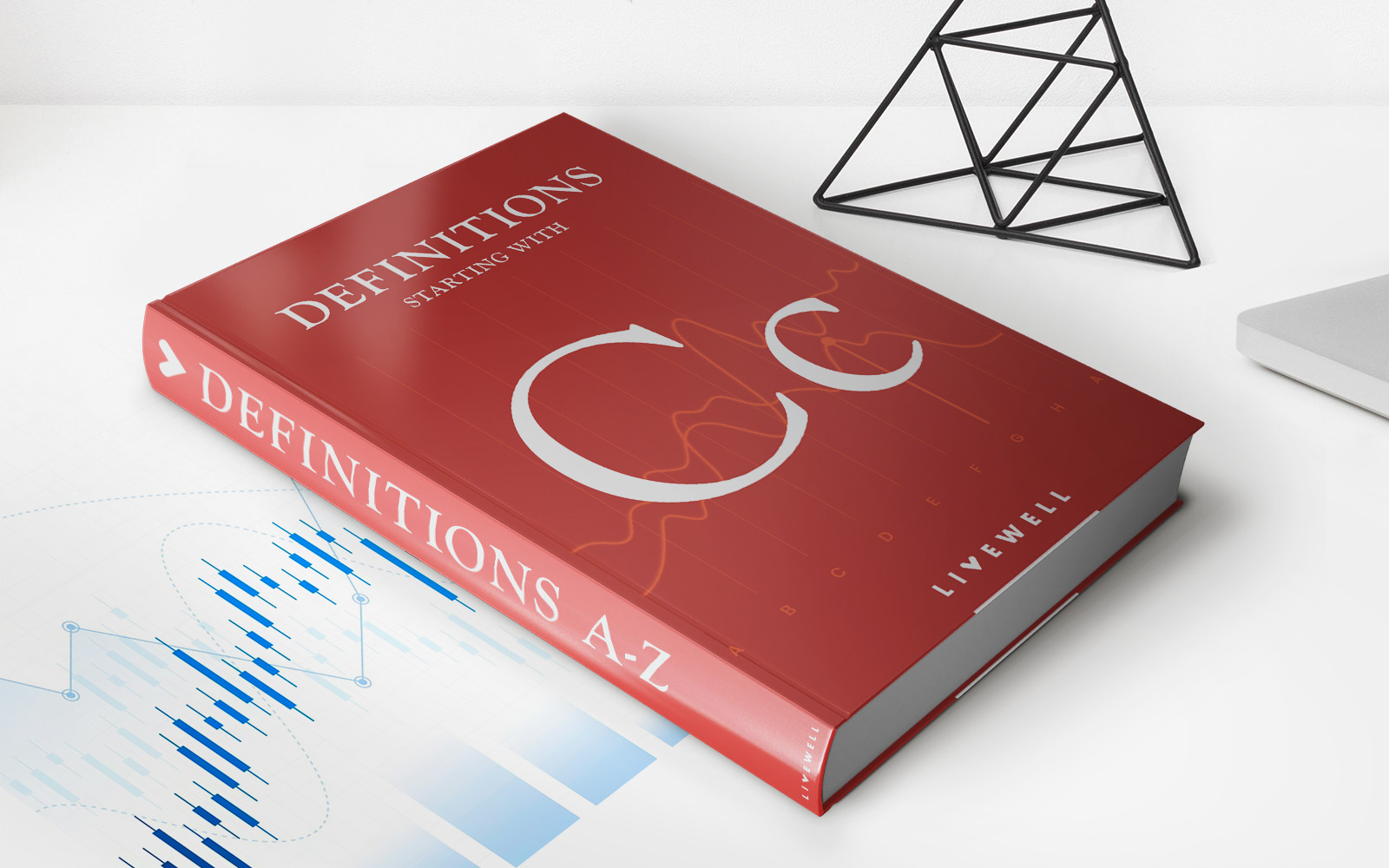Home>Finance>Recurring Billing: Definition, Types, And Examples


Finance
Recurring Billing: Definition, Types, And Examples
Published: January 17, 2024
Discover the definition, types, and examples of recurring billing in finance. Streamline your payments and improve cash flow with this essential financial tool.
(Many of the links in this article redirect to a specific reviewed product. Your purchase of these products through affiliate links helps to generate commission for LiveWell, at no extra cost. Learn more)
Recurring Billing: Definition, Types, and Examples
Are you familiar with recurring billing? In the world of finance, recurring billing offers convenience to businesses and customers alike. But what exactly is recurring billing, and how does it work? In this blog post, we will delve into the definition of recurring billing, explore its various types, and provide you with some examples to help you gain a better understanding of this financial phenomenon.
Key Takeaways:
- Recurring billing is a payment model that allows businesses to automatically charge customers on a regular basis, usually monthly or annually.
- There are various types of recurring billing, including subscription-based, usage-based, and installment-based billing.
1. Subscription-Based Billing
One of the most common types of recurring billing is subscription-based billing. This type of billing occurs when customers sign up for a service or product and agree to pay a fixed amount at regular intervals, such as monthly or annually. Popular examples of subscription-based billing include streaming services like Netflix and subscription boxes like Birchbox.
2. Usage-Based Billing
Another type of recurring billing is usage-based billing. This model involves charging customers based on their usage or consumption of a product or service. For example, utility companies often use usage-based billing to charge their customers for the amount of electricity, water, or gas they use each month.
3. Installment-Based Billing
Installment-based billing is a type of recurring billing that allows customers to pay for a product or service in multiple installments. This is commonly seen in industries such as furniture and electronics, where customers can opt for monthly payments to make larger purchases more affordable.
Now that you have a better understanding of the types of recurring billing, let’s take a look at a few real-life examples:
- Example 1: A fitness club offering monthly memberships where customers are billed automatically on a set date each month.
- Example 2: A software company providing a pay-as-you-go plan where customers are billed based on the number of users and usage hours.
- Example 3: An online store offering a “buy now, pay later” option allowing customers to purchase products and spread the payments over several months.
Recurring billing offers businesses the advantage of predictable revenue streams while providing customers with a seamless payment experience. Whether you’re a business owner or a consumer, understanding the different types of recurring billing can help you make informed decisions about your financial commitments.
So next time you come across the term “recurring billing,” you’ll have the knowledge to recognize and appreciate the benefits it brings to the world of finance.
